Table of content
Introduction
Chestnuts, known scientifically as Castanea sativa, are a delightful and nutritious treat enjoyed worldwide, particularly during the autumn and winter seasons. Their sweet, earthy flavor makes them a perfect addition to various dishes, from roasted chestnuts as a standalone snack to incorporating them into stuffing or desserts. However, one of the most tedious aspects of preparing fresh chestnuts is peeling them. The outer shell, often covered with a prickly husk, and the thin, sticky inner skin can be quite challenging to remove without damaging the nut itself. In this comprehensive guide, we will explore various methods to peel fresh chestnuts efficiently, ensuring that you can enjoy their deliciousness without the hassle.
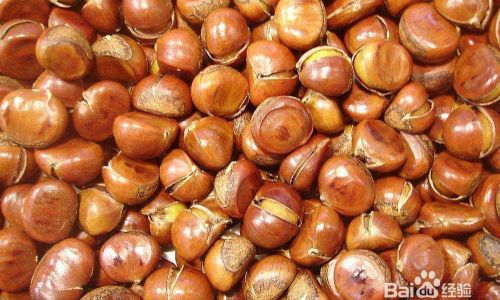
Understanding the Chestnut Structure
Before diving into the peeling process, it’s essential to understand the structure of a chestnut. Each chestnut is enclosed in a spiny green husk when ripe on the tree. This husk protects the nut and should be removed before further processing. Underneath lies a hard, outer shell, which is relatively easy to crack open but can still be stubborn. Inside this shell, there is a smooth, edible kernel covered by a thin, tannic inner skin that can be bitter and sticky if not removed.
Preparing the Chestnuts
Step 1: Harvesting and Husking
If you’re fortunate enough to have access to chestnut trees, harvesting the nuts can be a fun and rewarding activity. It’s best to collect chestnuts after the husks have turned a dull greenish-brown and started to split open naturally. Wear gloves to protect your hands from the prickly husks. Once collected, remove the husks as soon as possible to prevent mold and to make peeling easier. You can do this by hand, using a knife to carefully slice through the husk, or by stepping on the nut to crack it open if you’re wearing sturdy shoes.
Step 2: Cleaning
After husking, rinse the chestnuts under cold running water to remove any remaining husk fibers and dirt. Pat them dry with a clean towel or let them air-dry.
Step 3: Storing (If Not Peeling Immediately)
If you’re not ready to peel and use the chestnuts right away, store them in a cool, dry place. Avoid refrigerating or freezing fresh chestnuts, as this can make the peeling process more difficult. An airtight container or a paper bag works well for short-term storage.
Methods for Peeling Fresh Chestnuts
Method 1: Boiling
Boiling is one of the most popular and effective methods for peeling chestnuts. Here’s how to do it:
-
Bring Water to a Boil: Fill a large pot with water and bring it to a rolling boil.
-
Add Chestnuts: Carefully drop the cleaned chestnuts into the boiling water. Use a spoon to ensure they are fully submerged.
-
Cooking Time: Boil the chestnuts for about 3-5 minutes. The exact time depends on their size; smaller nuts may require less time.
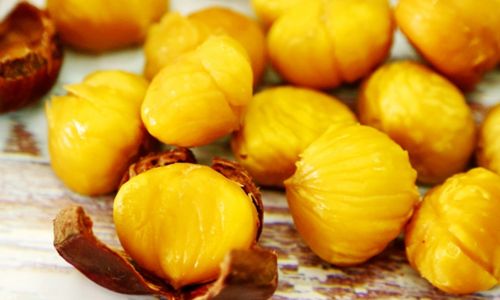
-
Drain and Cool: Remove the chestnuts from the boiling water using a slotted spoon and let them cool slightly until you can handle them comfortably.
-
Cracking the Shell: Use a nutcracker or a hammer to gently crack the outer shell open. Be careful not to apply too much force, as you don’t want to crush the kernel.
-
Removing the Inner Skin: Once the shell is cracked, peel off the inner skin with your fingers or a small knife. The boiling process should have made the skin easier to separate from the kernel.
Method 2: Roasting
Roasting chestnuts not only enhances their flavor but also makes peeling easier, especially if you prefer a slightly caramelized exterior.
-
Preheat Oven: Preheat your oven to 400°F (200°C).
-
Prepare Chestnuts: Cut a small ‘X’ on the flat side of each chestnut using a sharp knife. This will prevent the nuts from exploding in the oven and make peeling easier later.
-
Roasting: Place the chestnuts on a baking sheet in a single layer and roast for about 15-20 minutes, or until the shells start to crack and the flesh inside becomes fragrant.
-
Cooling and Peeling: Remove the chestnuts from the oven and let them cool for a few minutes until you can handle them. Peel off the outer shell and inner skin, which should come off more easily due to the roasting process.
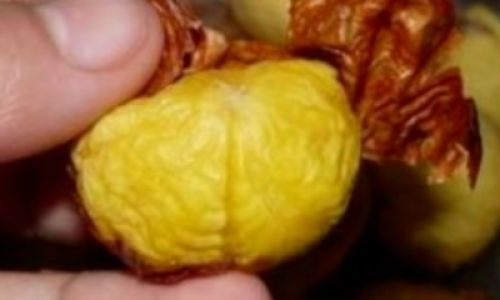
Method 3: Microwave
For a quicker method, you can use a microwave to soften the chestnuts.
-
Puncturing: Make a small hole in the flat side of each chestnut using a fork or knife.
-
Microwaving: Place the chestnuts on a microwave-safe plate in a single layer and microwave on high for about 1-2 minutes, depending on the microwave’s power and the size of the chestnuts. Be cautious, as microwaving times can vary greatly.
-
Peeling: Carefully remove the chestnuts from the microwave (they may be hot) and let them cool slightly. Peel off the shell and inner skin as soon as they are cool enough to handle.
Method 4: Freezing (for Future Use)
If you have a large batch of chestnuts and don’t mind waiting, freezing them before peeling can make the process simpler.
-
Freezing Chestnuts: Place cleaned chestnuts in a single layer on a baking sheet and freeze until solid. Once frozen, transfer them to an airtight container or freezer bag.
-
Thawing and Peeling: When ready to use, thaw the chestnuts in the refrigerator overnight. The freezing and thawing process weaken the bond between the kernel and the inner skin, making it easier to peel.
-
Final Preparation: After thawing, you can peel the chestnuts using any of the methods mentioned above, but the skin should come off more readily.
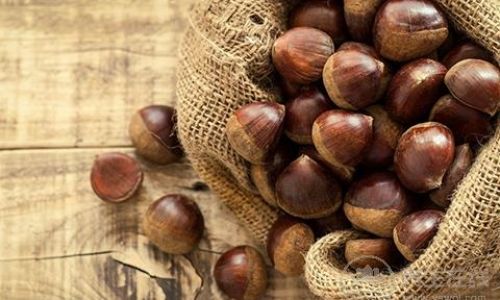
Tips for Successful Peeling
-
Freshness Matters: The fresher the chestnuts, the easier they are to peel. Avoid using nuts that have been stored for too long.
-
Sharp Tools: Use sharp knives and nutcrackers to minimize effort and prevent damaging the kernel.
-
Patience: Peeling chestnuts can be time-consuming, especially if you’re doing it manually. Take your time and don’t rush the process.
-
Practice: Like any skill, peeling chestnuts improves with practice. The more you do it, the faster and more efficiently you will become.
Conclusion
Peeling fresh chestnuts may seem like a daunting task, but with the right techniques and tools, it can be a rewarding experience. Whether you choose to boil, roast, microwave, or freeze your chestnuts, each method has its advantages and can yield delicious, peeled kernels ready for your culinary creations. Remember, the key to successful peeling lies in understanding the chestnut’s structure, using sharp tools, and having patience. With these tips and methods, you can enjoy fresh chestnuts without the hassle of peeling, transforming them into a delightful and nutritious addition to your meals. Happy peeling!
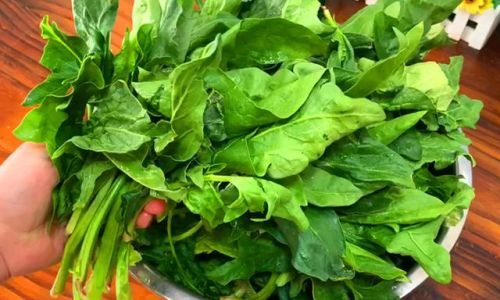
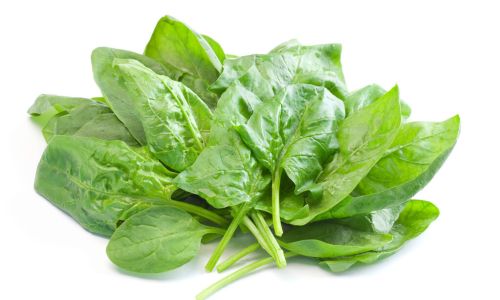



0 comments